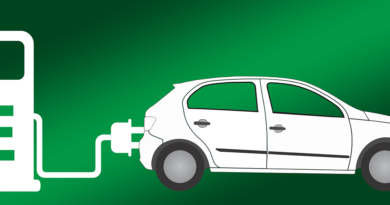Electric Vespa Can be Ready for the Indian Market in 2019

Diego Graffi, CEO and MD of Piaggio Vehicles India at a recent event expressed optimism about his company’s plans for electric mobility, with commencement of production in Italy and sales of their new Vespa Elettrica scooter in Europe.

“Electric is seeing a lot of discussions in India both for scooters and cars. I see a positive environment for people like us to do something. We are ready with the technology and just started production of Vespa electric in Italy. We are studying what could be the evolution here in India and I am quite optimistic. Batteries are critical for growth and market research is telling us that costs will go down in the coming years,” said Graffi.
He emaphasiszed on the need to clear the landscape of electric vehicles in India. While confirming that the company plans to release the electric Vespa in India, only after ‘all the pieces fit the puzzle’.
“When that happens, the sky is the limit for electric scooters though there is a lot of work ahead,” he added. The Indian government is keen to get ahead on the electric mobility trend, but it still needs to address key practical issues of infrastructure and a reliant charging network as fiscal sops to both the manufacturers and customers.
“The product and technology is available already and Piaggio is proud of it but there are two things to do in parallel to make the business model viable: Infrastructure for charging and cost of batteries,” adds Graffi.
The sales of the new Vespa Elettrica, will begin in Europe next month, followed by the US and then in Asia beginning 2019. The scooter has a maximum range of 100 km. The scooter reportedly is user friendly where the rider simply plugs the cable located in the compartment below the saddle into a normal electric wall socket or into any recharging point in a city.




